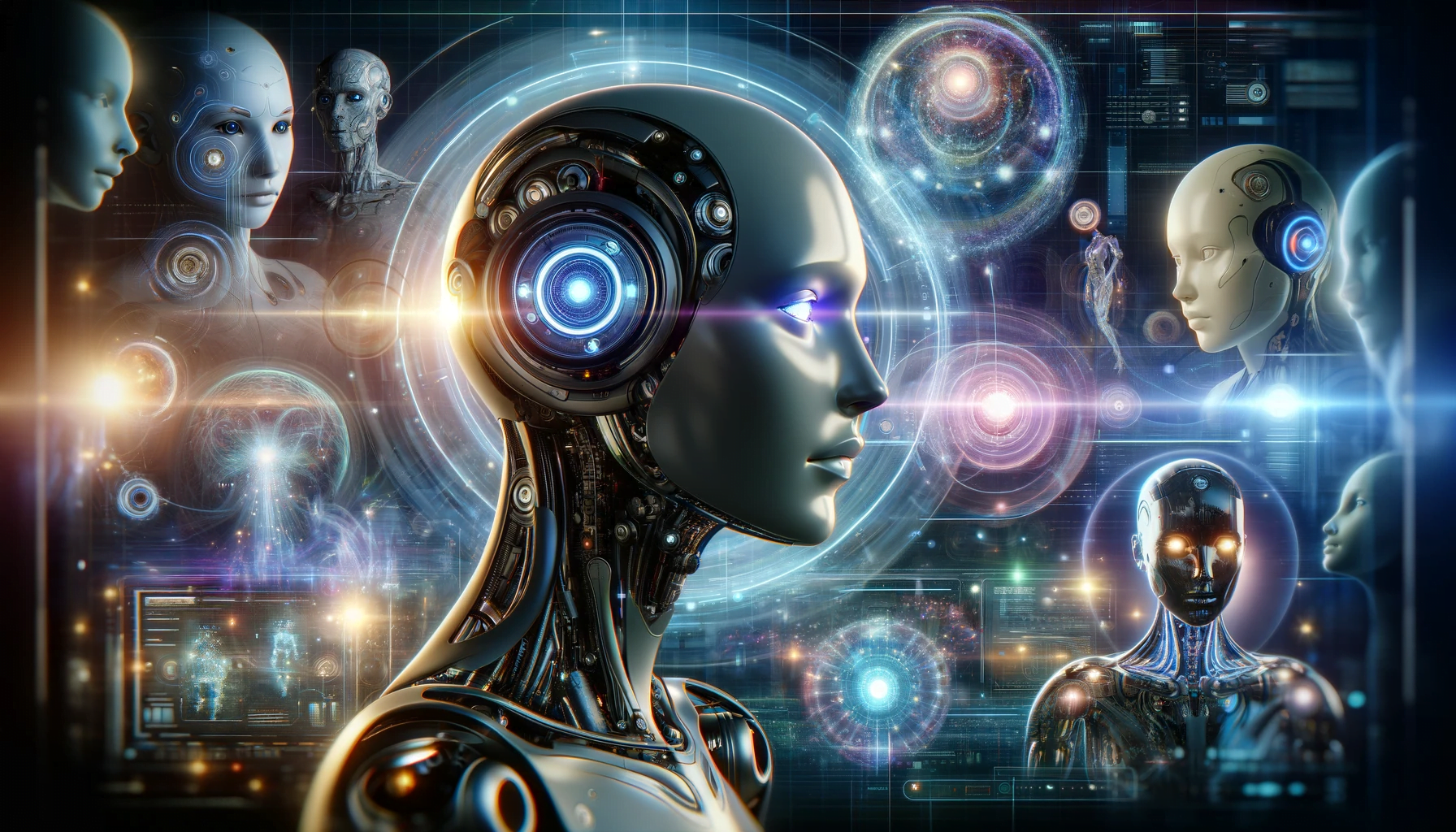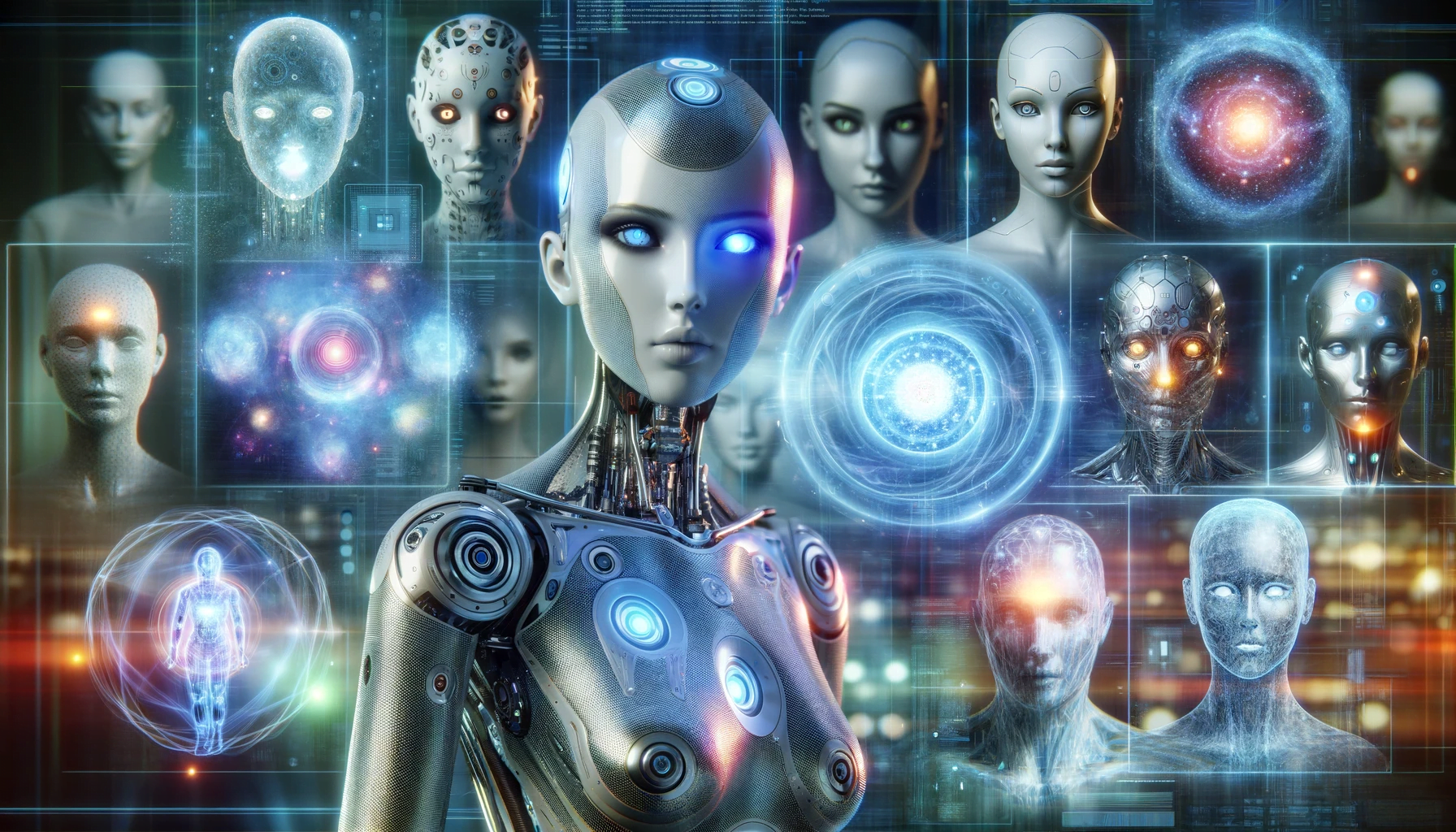Table Of Content
Unparalleled in their existence, creation personas invented by AI are setting a new frontier. These digital characters, born from advanced AI technologies, will change the way we interact in the virtual world. From AI-generated Instagram models-like Aitana Lopez-reported to flood the photo-sharing app, to AI girlfriends flooding the OpenAI GPT store, the possibilities seem endless. This article looks into how AI inventions of these personas come into being and their implications for digital interaction.
Aitana Lopez: The AI-Generated Instagram Fitness Model
Meet Aitana Lopez, an AI-generated fitness model that has taken Instagram by storm and rakes in as much as $11,000 a month. Representing one of the biggest jumps in AI content created thus far, Aitana has garnered quite a huge following and tested positive for the commercial viability of such personas. Her success is testimony to the potential and profitability of AI in creating human-like digital characters that can strike a chord with people.
AI Girlfriends: A Response to Modern Loneliness
The proliferation of AI girlfriends in the OpenAI GPT store is in response to increased demand for digital companionship. These AI chatbots range from “Korean Girlfriend” to “Virtual Sweetheart”; each is designed to simulate romantic or friendly relationships. That these personas are successful among clients underlines a cultural shift toward embracing AI as part of one’s personal and emotional life.

Arabic AI models made by the raiday.ai
Lets’ end with an example of Generative AI female models created by our RAIDAY team in an Arabic song, featuring a catwalk of AI-generated models in surrealist Dubai. Be treated to the spectacular cultural heritage of the Middle East, visually and auditorily resplendent.

dubai models arabic music
How AI Creates Personas
- Data Collection: This involves gathering data on customer feedback or interviewing in order to understand the targeted audience better.
- Pattern Analysis: This gathered information is analyzed for patterns through AI and machine learning that work on the development of personas based on demographics, interests, and behavior.
- Deployment: Deploying these AI-generated personas in marketing campaigns and customer segmentation, thus offering personalized experiences.
Challenges in Creating AI Personas
- Capturing User Preferences: AI has to capture and interpret user behavior and preferences, tasks that are not easy-perhaps the highest level of nuance in knowing how humans interact.
- Modeling Language and Social Skills: AI personas have to be able to talk and communicate naturally; large language models have advanced this task significantly, yet it is still very challenging.
- Understanding Context: The biggest hurdle comes in the form of context in which any particular interaction occurs; with misinterpretation looming, the answers can become misleading or untrue.
- Managing Complex Interactions: Long-term user history tracking and coherence of interactions over time is another development area for AI personas.
What tools can be used to create AI personas?
Creating AI personas involves a combination of tools and technologies, each playing a crucial role in developing a realistic and engaging character. Here are some of the key tools commonly used in this process:
- Artificial Intelligence Platforms: These are the backbone of creating AI personas. Platforms like OpenAI’s GPT-3, Google’s BERT, or IBM Watson are used for their advanced natural language processing and generation capabilities.
- Machine Learning Frameworks: Tools like TensorFlow, PyTorch, and Keras are used for training AI models on large datasets, enabling the AI to learn and mimic human-like behaviors and responses.
- Data Analysis Software: Tools like Tableau, Microsoft Power BI, or even Python libraries (Pandas, NumPy) are used to analyze and interpret the data that feeds into the AI model, helping to understand user preferences and behaviors.
- Chatbot Development Platforms: For AI personas functioning as chatbots, platforms like Dialogflow, Microsoft Bot Framework, or Chatfuel provide the necessary infrastructure to create, test, and deploy conversational agents.
- 3D Modeling and Animation Software: In cases where the AI persona has a visual component, software like Blender, Autodesk Maya, or Adobe Character Animator is used to create and animate the digital character.
- Voice Generation Technology: Tools like Google Cloud Text-to-Speech, IBM Watson Text to Speech, or Amazon Polly are used to give AI personas a realistic and natural-sounding voice.
- Emotion Recognition Technology: Software that can analyze and interpret human emotions, like Affectiva or Emotibot, can be integrated to make AI personas more responsive to emotional cues.
- Cloud Computing Services: Platforms like AWS, Google Cloud, or Microsoft Azure provide the necessary computing power and storage capabilities to handle the processing requirements of AI models.
- APIs and SDKs: Various APIs (Application Programming Interfaces) and SDKs (Software Development Kits) are used to integrate different functionalities and data sources into the AI persona.
- User Interface Design Tools: For creating the front-end through which users interact with the AI persona, UI/UX design tools like Adobe XD, Sketch, or Figma are used.

Each of these contributes to making the AI persona refined and realistic in its interaction with the user on a meaningful and personalized level.
The creation of AI personas such as Aitana Lopez and AI girlfriends opens up a whole new world for digital interactions. Though there are still challenges to be faced, the advancement of AI technology keeps pushing the bar regarding the level of digital personas that are created
FAQ:
Q1: What is an AI-generated persona? AI-generated personas are digital personas created with the help of Artificial Intelligence technologies that resemble real life because of their mimetic behaviors and qualities, applied in many uses such as marketing, virtual conversations.
Q2: How does AI create these digital personas? AI comes up with the digital personas by collecting and analyzing data about user preference and usage behavior. Personas are developed based on the patterns identified in this data, which may include demographics, interests, and behavior patterns.
Q3: What are some examples of AI-generated personas? Examples of the AI-generated personae include Aitana Lopez, AI-generated Instagram model to show off her fitness, and a variety of AI girlfriend chatbots available in the OpenAI GPT store.
Q4: What are the challenges in creating AI-generated personas? Examples of challenges are the capture and interpretation of user preferences correctly, modeling of natural language and social skills, inference of the context of the interactions, and handling of complex and long-term interactions.
Q5: Can AI-generated personas be commercially successful? Yes, commercially successful AI-generated personas, like Aitana Lopez pulling in serious bank from her online presence.

